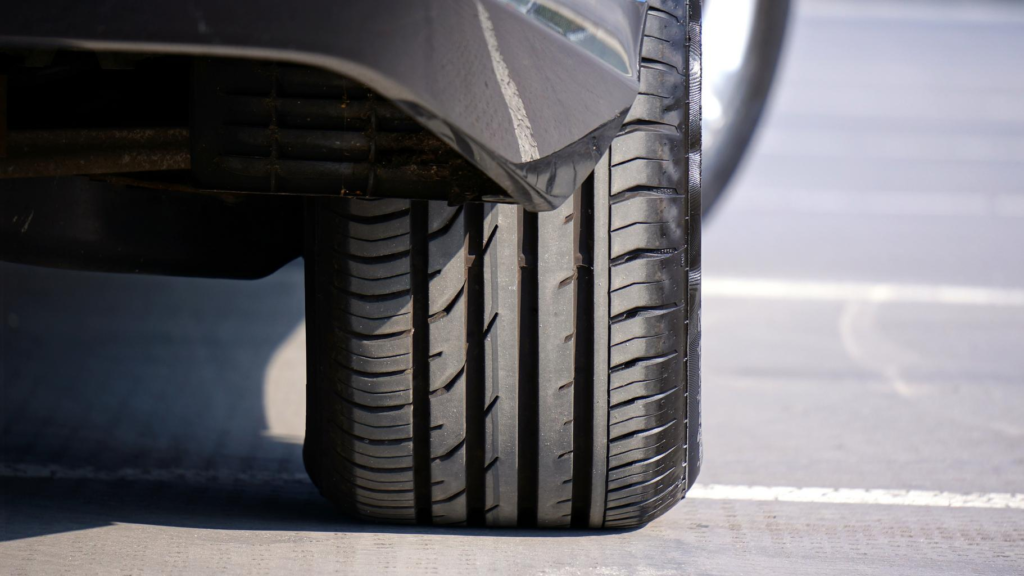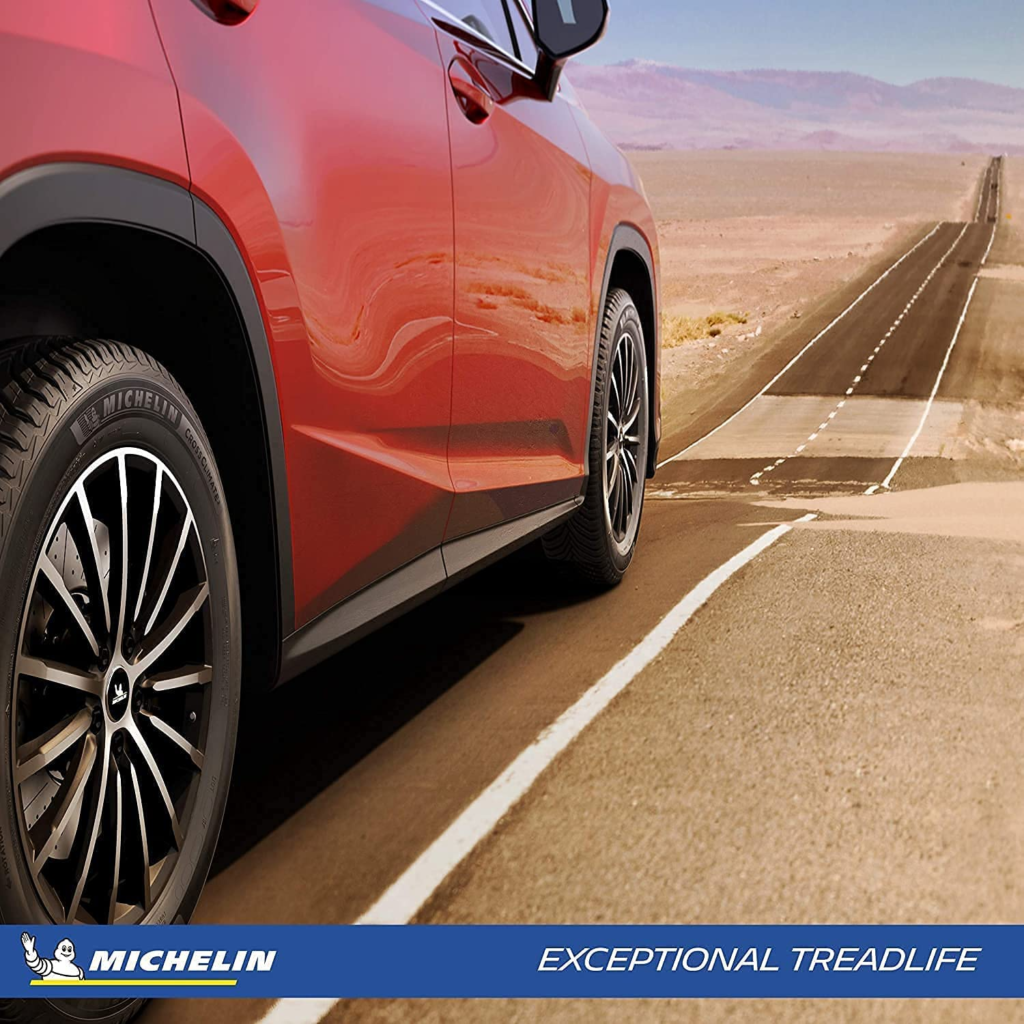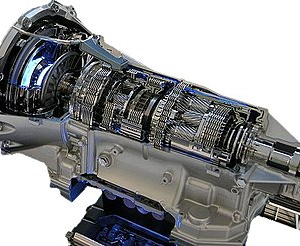
Never inflate your tires up to the recommended pressure on the tire. The tire’s maximum allowable pressure, not the recommended pressure for the vehicle, is represented by that number. Driving on underinflated tires can hasten tire wear due to increased friction, while driving on overinflated tires can give you a bumpy ride and poorly handled automobile. In any case, not inflating your tires to the recommended pressure will have a detrimental impact on tire wear and vehicle performance.
For the best gas mileage and the longest tire life, it’s crucial to maintain the proper tire pressure. The suggested tire pressure for your automobile is printed right on the door of the vehicle and will provide the best handling, gas mileage, and tire life for that particular car. When filling them with air to the advised pressure, expressed in pounds per square inch, or psi, that is the one you should adhere to.
The appropriate tire pressure is typically listed on a label inside the driver’s door of newer vehicles. In most cases, the owner’s handbook contains the specifications if there isn’t a sticker on the door. When the tires are cold, the majority of passenger automobiles advise 32 psi to 35 psi in the tires. The reason you should check tire pressure when the tires are cold is that as tires roll along the ground, heat is produced through contact with the ground, raising both tire temperature and air pressure. Make sure the car has been sitting overnight or at least for a few hours to get the most precise reading.

Here are a few of the most frequently asked concerns and queries about tire pressure.
Do tires deflate when not in use?
While the automobile is stationary, you will notice that your tires gradually lose air pressure or start to gently deflate. This is due to the fact that rubber is porous; while this usually doesn’t cause a problem, air molecules can progressively penetrate rubber over time.
Is 40 psi too high for tires?
For sports automobiles or passenger cars, a pressure level of 40 psi may be suitable. However, this is too low for heavy trucks and below the recommended pressure of 35 psi for small cars. The recommended pressure range for tires on well-known sports cars and passenger vehicles is 32 to 40 psi. The recommended cold tire pressure is listed in the owner’s manual and on the tire label. It typically ranges from 30 to 42 psi for small, medium, and big autos.
How can I determine my car’s recommended tire pressure?
What is the Recommended Tire Pressure for a Car? The sticker inside the driver’s door usually has the recommended tire pressure for your vehicle. According to Cars.com, it is typically listed in the owner’s manual as well. Psi is the unit of measurement for tire pressure (psi). You could also note that the tire pressure is listed on the sidewall.
What tire pressure is ideal for highway driving?
32 to 35 pounds per square inch, roughly. According to Rod Tate, owner of Stafford, Texas’ highly regarded Colony One Auto Center, most average tires need between 32 and 35 pounds per square inch (PSI) of air. Large vehicles need tires that are substantially larger, with a PSI of between 50 and 60 PSI. Heavy-duty automobiles can ascend even further.
Does PSI rise while you’re driving?
For every 10 degrees that the temperature drops, the inflation pressure in tires typically decreases by 1 to 2 psi. Additionally, during the first 15 to 20 minutes of driving, the pressure in the tires will rise one psi every five minutes as the vehicle warms up.
How frequently should my tires be inflated?
You should check your tires once a month to make sure they are always inflated to the correct pressure because, as a general rule, tires lose roughly one PSI after being filled. Even though there won’t be as many tire pressure warning lights in the summer, you should still check them frequently.
When air pressure is too high, what happens?
As a driver and passenger, you will feel every dip and bump on the road, which doesn’t make for a comfortable ride. Additionally, too much air pressure can change the curvature of the tire, resulting in less grip and more center-tire wear and tear.
Does increased tire pressure lead to faster speeds?
Higher pressures result in quicker speeds on a velodrome that is absolutely smooth. High pressure simply causes more vibrations on uneven surfaces, like roadways, which might slow you down.
What PSI causes damage to the tire?
Although you must always stay within the safe range of 32-35 psi, you must never have your tire pressure lower than 20 PSI or higher than 50 PSI to avoid significant tire damage, more so than with standard overinflated or underinflated tires to a lesser extent. The recommended tire pressures for the front and rear axles of your car may differ.
Should the PSI be the same for all four tires?
The idea that all four tires on your car should be inflated to the same pressure is untrue. Regardless of the tire manufacturer, all tires you purchase for the same vehicle must have the same tire pressure, which is the PSI recommended in the owner’s handbook.
Are you looking for a tires?
This is the Firestone WeatherGrip

Yokohama Tires







